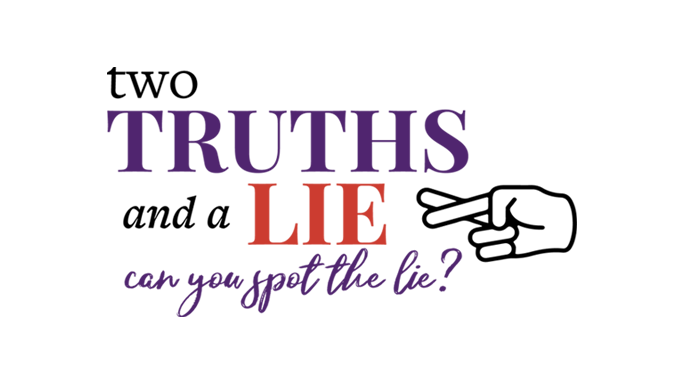Everyone loves the party game, “Two Truths and a Lie.”
But we certainly don’t love living through a pandemic and all the related fallout.
Part of the fallout was universal school closures in March of 2020. Can you identify which of the following statements about education in the time of COVID is NOT true?
A. Most schools delivered online instruction during the period from late March until the end of the school year.
B. Schools proved more effective at delivering social services than education during the pandemic.
C. If families are dissatisfied with how their districts have handled the crisis, or the content their children are learning, many states have alternative options available.
Let’s take these statements one at a time:
A. Most schools delivered online instruction during the period from late March until the end of the school year. False! Only a tiny percentage of schools were delivering live online instruction during March and even well into April. Even by the end of the school year, the majority still had not mastered online content delivery, with fewer than half of the districts surveyed by the American Enterprise Institute teaching new material and answering questions live online.
B. Schools proved more effective at delivering social services than education during the pandemic. True! While not even one in two public schools were offering full online instruction this Spring, they did quickly find ways to distribute meals to students. Eighty-two percent of schools were delivering free meals to students in March, and by the end of the school year, 95 percent of schools were providing that social service. While it’s a good thing that these services were able to continue for families during the crisis, the public school system’s quick response in its social service role juxtaposed with its unsatisfactory delivery of educational services brings up an important question: what is the primary purpose of the education system? It may be time to think about ways to separate social services from public education so that schools can focus on their primary purpose of delivering learning.
C. If families are dissatisfied with how their districts have handled the crisis, or the content their children are learning, many states have alternative options available. True! Homeschooling – the formal kind rather than the “accidental” homeschooling popular during the last several months – is your legal right in all 50 states, and many families may be interested in continuing learning at home, at least temporarily, as school districts make decisions about resuming “normal” classes. Different states have different notification requirements and regulations however, so make sure to check in with the Homeschool Legal Defense Association for details about your state. If you become a member (just $11), they have all the forms you’ll need and walk you through the process.
Additionally, many states have private school choice programs that could allow students to enroll in private schools that may be opening sooner or more completely than the public system. Virtual charter schools and virtual public schools like the Florida Virtual School are all experienced in teaching effectively online, and may serve as a better online alternative for families. Finally, education savings accounts, which are an option for families in five states, allow parents to pick and choose how to use the educational funds allocated for their child. Some families in states like Arizona and Florida are using these programs to form “micro schools,” where they and other ESA families pool their funds to hire tutors and teachers, creating a kind of mini-school all of their own. In states where large gatherings are still prohibited, education savings accounts can provide a handy way to continue learning.
Find out more about how the education system has responded to the pandemic in this Policy Focus.

